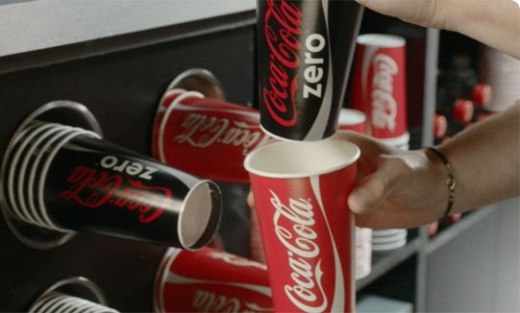A cheeky dinner out can be costly for your waistline.
Researchers from the University of Toronto examined the calorie, sodium, fat and cholesterol levels of 685 meals and 156 desserts from 19 sit-down restaurants around Canada. They found that the average meal has 1,128 calories. Given the average daily recommended intake for a British woman is 2,000 kcals, that’s over half used up at once.
Even worse, these meals are some of the unhealthiest you can eat. Another recent study looked at fast food in the US for the last 14 years. It showed that the nutritional value of the food available has pretty much remained the same, despite pledges to offer healthy choices.
Food from the companies included – McDonald’s, Burger King, Wendy’s, Taco Bell, KFC), Arby’s, Jack in the Box and Dairy Queen – were analysed and scored against a healthy eating index. In 1997 they scored 45/100. In 2009 that had risen to just 48/100. This was also compared to the average American’s diet, which scores 55/100.
So, food from restaurants is unhealthy and fattening. This isn’t surprising, but it shouldn’t be too worrying either – as long as your other meals are reduced in size accordingly. This is the problem for most of us; if meals out are normal, the other meals creep back up to standard sizes.So this is a Foodswap opportunity If restaurant food – (even a sandwich from Boots or Pret) are regulars in your diet. Reduce your meals-out frequency by bringing a lunchbox to work. Make your date night focus on a home-cooked meal, rather than one at a restaurant or the £10 Tesco deal.
A general focus away from pre-prepared food will help you set your own portion sizes and control your own calorific (and nutritional) inputs, leading to a healthier diet
- American Journal of Preventative Medicine | Nutritional Quality at Eight US Fast-Food Chains – 14-Year Trends
- The Huffington Post | Restaurant Meals Have More Than Half Of Daily Recommended Calories
- Research letter evaluates calories, fat, and sodium content in restaurant meals
- The Guardian | US fast food chains ‘failing’ healthier menu test


![301[1]](https://lazyfit.files.wordpress.com/2013/04/3011.jpg?w=520&h=213)


